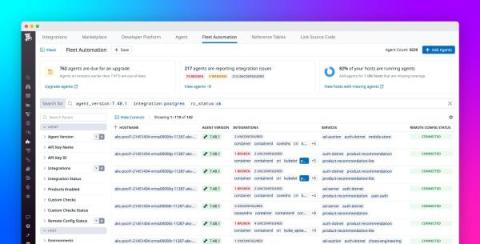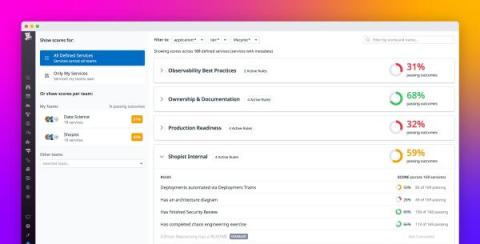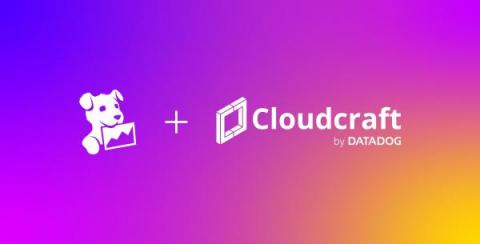Visualize AWS Step Functions with the State Machine Map
AWS Step Functions allows you to coordinate activity from hundreds of services—including AWS Lambda, Amazon EKS, and Amazon API Gateway—to build and orchestrate serverless workflows. With Step Functions, you organize work into workflows known as state machines, in which each state defines a task or decision and specifies the next state in the workflow.











